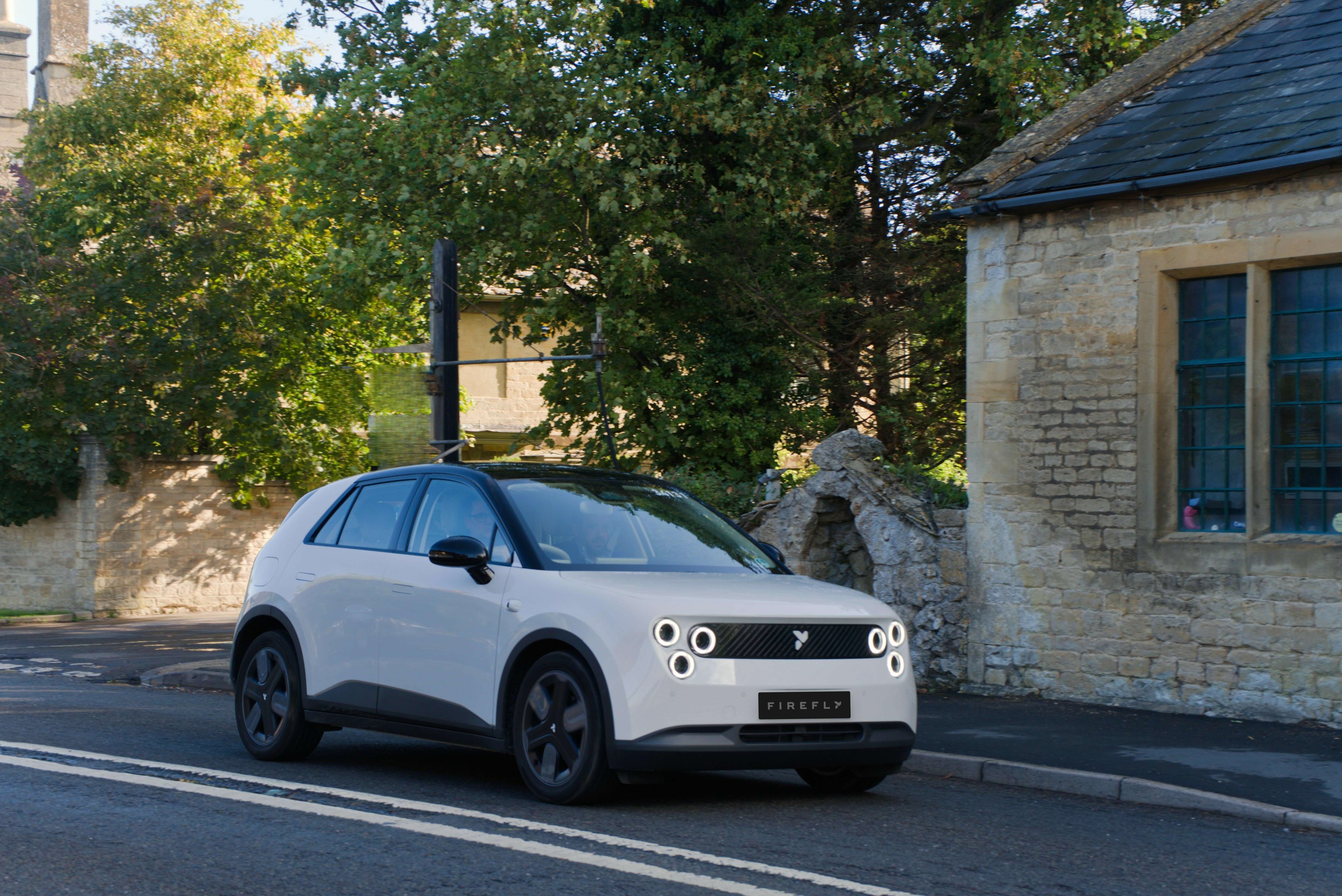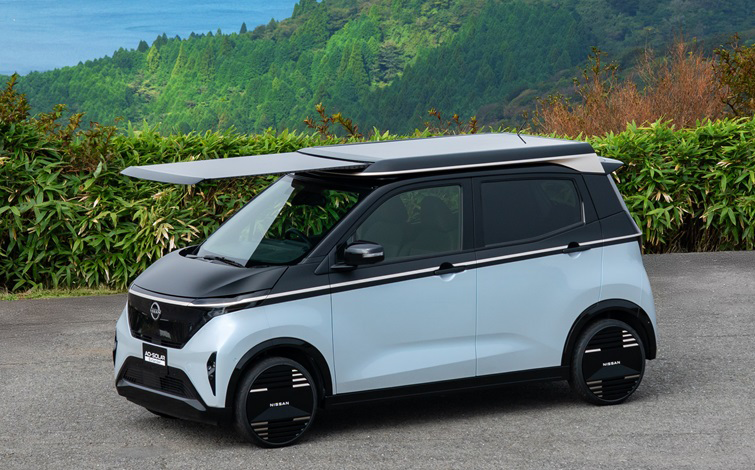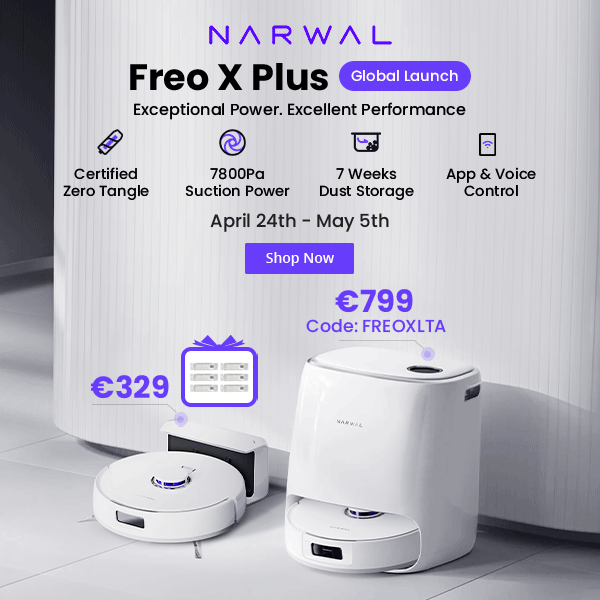
Hozon Auto is now launching the new NETA V Pro as a more affordable alternative to the popular BYD Dolphin.
Positioned as a 70,000-class smart technology cabin, Nezha V has delivered 40,372 units since its launch on November 3, 2020, becoming the top seller of pure electric SUVs among new car companies. With outstanding product highlights such as high-value, high-performance, and high-quality products, Nezha V has been deeply recognized by young consumers, especially in first- and second-tier cities that account for more than 50% of delivery.
After GAC, it’s now time for Xpeng to also announce its plans to build a fast charging network comprised of powerful 480 kW chargers, to fully take advantage of its upcoming 800-volt system platform.
As of September 30, Xpeng already counted with 439 fast charging stations in China.
Xpeng says that its upcoming electric cars built on a new super-efficient 800-volt platform will only require a 5 minutes charge to get enough energy to drive for 200 km.
Right now CATL is Tesla’s sole supplier of LFP (LiFePO4) battery cells, but BYD seems to be the next on the list.
According to Chinese media, Tesla has secured an initial order of 10 GWh worth of LFP battery cells from BYD, to power the Model 3 and Y in their standard range versions.
10 GWh is enough to assemble more than 181.000 battery packs for the Tesla Model 3 with 55 kWh each, or more than 166.000 for the Model Y with 60 kWh each.
The Leapmotor T03 is probably the best affordable small electric car currently being sold in China. Not only it has a decent 403 km NEDC range (around 300 km in WLTP), fast charging via CCS, OTA (over-the-air) updates, it’s also full of safety features that are extremely rare in its segment
Safety features that can prevent accidents, such as AEB (Automatic Braking System), LKA (Lane Keeping Assist), ACC (Adaptive Cruise Control) and a ADS (Automated Driving System) called Leap Pilot 2.0.
SK Innovation’s battery unit, SK On, is now finally considering developing LFP (LiFePO4) batteries for electric vehicles. This decision comes shortly after its domestic competitor, LG Energy Solution announced that’s already developing EV batteries with this cobalt-free chemistry - that should become available next year.
According to SK On top officials, the biggest advantages of the LFP battery chemistry are cost and safety.
Jee Dong-seob, CEO of SK On, admitted to Reuters that “there is an interest in LFP technology from automakers”.
Today MG unveiled its new all-electric model range, comprised by the electric station wagon MG5, its flagship SUV Marvel R Electric and a renewed MG ZS EV.
Let’s see the press release.
All-new MG Marvel R Electric Unveiled last March, the MG Marvel R Electric is the brand’s flagship SUV, fitted for European motorists who appreciate design, technology and performance. The largest and most luxurious SUV in MG’s portfolio offers a spacious interior with great attention to refinement, quality and technology. Particularly striking is the 19.4” central touchscreen to operate the all-new MG iSMART connectivity system with an extensive range of (online) functions and connection through a smartphone app, with which various functions can be controlled remotely.
After postponing multiple times its three-wheeled gas car, now Elio Motors wants to produce an electric version to become a more affordable alternative to Aptera.
ELIO MOTORS ANNOUNCES INTENT TO PRODUCE AN ELECTRIC VERSION OF ITS POPULAR VEHICLE.
Phoenix, AZ— September 9, 2021 — Elio Motors OTCMKTS: ELIO, (eliomotors.com) is announcing their intention to produce an electric version of their three-wheeled vehicle. The announcement is based on the change in consumer demand and finance markets’ new appetite for electric vehicles. The Elio-E model has a targeted base at $14,900 making it the most affordable entry level electric vehicle on the market.
According to the some recent MIIT (Ministry of Industry and Information Technology) documents, a pure electric dump truck from the XCMG Group now holds the record for having the most energy dense LFP (LiFePO4) battery.
The XCMG Group is the leading Chinese construction machinery manufacturer and one of the world’s largest.
Let’s see more details of this electric truck.
Length: 10.900 mm Width: 2.550 mm Height: 3.500 mm Gross weight: 31.000 kg Curb weight: 23.000/23.600 kg (empty vehicle) Maximum speed: 80 km/h Range: 420 km Battery capacity: 422,87 kWh Battery energy density: 176,1 Wh/kg Battery chemistry: LFP (LiFePO4) Motor: 450 kW and 2.800 N.m of torque Unfortunately I couldn’t find a picture of this electric truck.
Nothing much to say here, this is currently the best EV platform.
Wang Chuanfu, the Chairman and President of BYD, said that the e-platform 3.0 is the vital factor for its transition toward intelligence from electrification in the change of NEVs and also the cradle for the next generation of EVs. BYD’s integrated new energy solutions encompass energy acquisition, storage, and application. With the help of this comprehensive solution, BYD aims to build a zero-emission ecosystem within a closed-loop to address global warming through practical action.
The Chinese all-electric car maker Hozon Auto has been developing an English version of its website to prepare the expansion to other markets. Now, the carmaker finally announced that it will produce a right-hand drive version of its affordable electric car NETA V to be exported to ASEAN countries.
The Association of Southeast Asian Nations (ASEAN) brings together ten Southeast Asian states into one organisation:
Brunei Cambodia Indonesia Laos Malaysia Myanmar Philippines Singapore Thailand Vietnam In China the NETA V is available in many versions, but the one bellow offers the best value for money.
Korean battery cell makers have been producing almost exclusively NCM battery cells, but according to Korean media, LG Energy Solution will launch LFP (LiFePO4) battery cells already next year.
LFP is a cobalt-free chemistry that allows to produce electric cars that are as cheap as their ICE (Internal Combustion Engine) counterparts. BYD already reached 55 euros per kWh at the battery pack level with the module-less approach.
However, it seems that LG will produce LFP pouch battery cells to be inserted in modules, just like Guoxuan - that expects to reach 260 Wh/kg next year by combining LFP cathode with silicon anode.
Lithium metal is one of the best candidates to replace graphite as an anode material thanks to its high theoretical capacity. The problem is that batteries using lithium metal anodes currently have poor cycle life.
However, thanks to a new non-flammable dual-anion ionic liquid electrolyte this could soon change.
Researchers at the Karlsruhe Institute of Technology (KIT) and the Helmholtz Institute Ulm – Electrochemical Energy Storage (HIU) have now found a solution. As you report in Joule magazine, you are using a promising new combination of materials. They use a low-cobalt, nickel-rich layered cathode (NCM88). This offers a high energy density. With the commonly used commercially available organic electrolyte (LP30), however, the stability leaves a lot to be desired. The storage capacity decreases as the number of charging cycles increases.









































